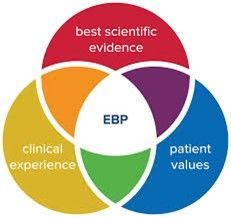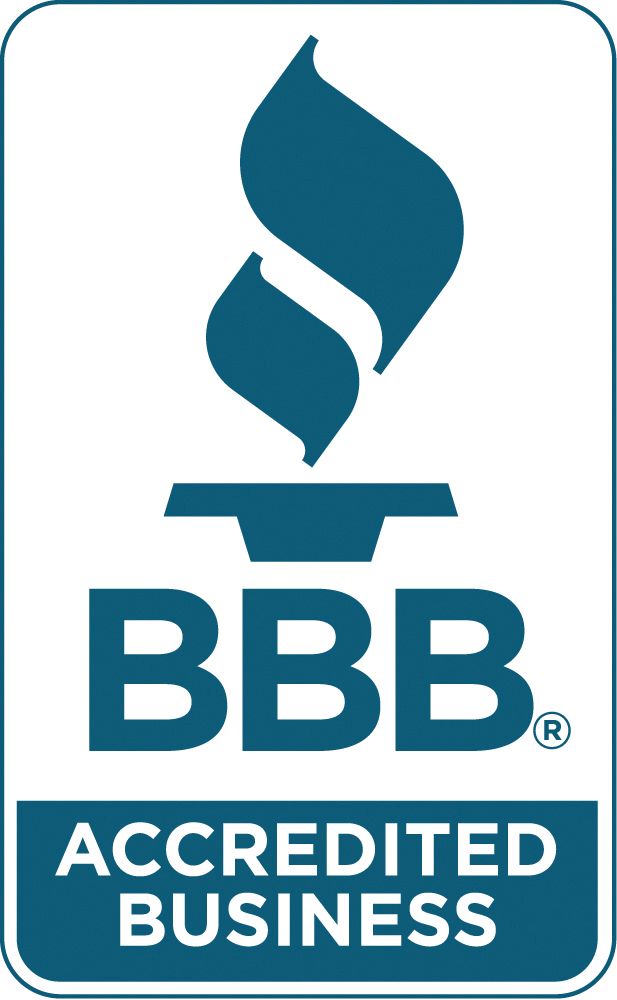The Assessment Episode in Netflix’s Adolescence Shows How Not to Interview a Youth with Aggression
Briony's methods, while attempting to understand Jaime's actions, are risky.

For years, television shows have aimed to depict the therapeutic world to viewers, with examples like Good Will Hunting and In Treatment illustrating the therapeutic process. However, entertainment media focuses on drama, which doesn't always reflect the realities of the world of psychology. This makes for engaging television, but it often misrepresents client-therapist interactions.
Netflix’s Adolescence, which premiered in March, is an excellent show. It effectively illustrates how a young person's violent actions affect both the community and their family. It explores themes such as cyberbullying, smartphone culture, misogyny, and parental influence, making it a noteworthy series.
The third episode of Netflix's Adolescence, which features the final session between Jaime and his psychologist, Briony, is a prime example of how not to conduct an assessment session. Briony's lack of observation of and response to Jaime's behavior is a significant misstep.
Briony's methods, while attempting to understand Jaime's actions, are risky. Engaging a youth with a history of aggression, especially one she has witnessed in a fight, is a dangerous choice. While Netflix aims for authentic drama, Briony's methods serve as a cautionary example of how not to interview an aggressive youth, raising concerns about the safety of the characters.
The primary rule for behavioral health professionals is to prioritize personal safety. Unfortunately, there are moments when Briony appears threatened by Jaime’s outbursts—standing up, yelling, and throwing chairs—yet she permits these behaviors, which most psychologists would typically not allow.
Bringing hot chocolate to the session is a significant misstep. While interpretations of its significance as a gift vary, its presence poses a risk. Serving a hot drink to a youth exhibiting volatile behavior increases the risk of injury. It was only a matter of time before it could be thrown—a dramatic but imprudent choice for an assessment session. Briony was fortunate that no one got burned.
When Jaime looms over Briony, her failure to react is not just a plot device but a serious oversight. By not addressing this behavior, she inadvertently gives Jaime emotional, psychological, and physical control over her. A competent assessor would stand to balance the power dynamic and firmly request that Jaime sit or move. This approach serves as a plot device, but Briony could have faced physical harm without awareness.
Briony's postponement of saying goodbye to Jaime at the end of their last session is a moment that could have been used to highlight Jaime's volatility, but it unfolds unrealistically. A professional would initiate the session by informing the youth that their sessions are ending and outlining the following steps, allowing Jaime to process his emotions ahead of time. Surprises often unsettle youth displaying explosive behavior, and in this instance, Jaime ended up needing restraint to be removed from the session.
For dramatic effect, Briony escalates tension and aggression with Jaime. In reality, managing aggressive clients demands careful planning, understanding how to de-escalate situations, and alternative strategies to calm an angry youth. Had Briony worked in most agencies, she would likely have received at least a warning, if not termination.
Adolescence offers compelling insights into how teenagers influence each other and how their families handle these challenges. Yet, as a guide for engaging with aggressive youths, it exemplifies how not to approach the situation.




